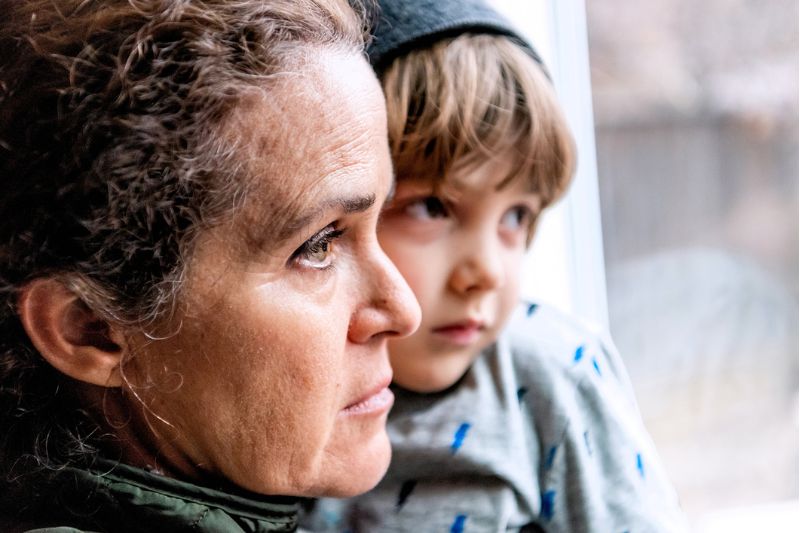On page 56 of Statement 2: Economic Outlook in Budget Paper No. 1 of the Federal Government’s second ever budget, we find a short, and seemingly innocuous, line: 'The unemployment rate is expected to increase modestly from a near 50-year low of 3.5 per cent to 4.25 per cent by the June quarter of 2024, and 4.5 per cent in the June quarter of 2025. Even with this modest rise, the unemployment rate is expected to remain low by historical standards.'

A set of budget papers, with appropriate predictions and numbers attached, are challenging to humanise – and much attention since Tuesday evening has been given to what does the budget mean for us — you and I, or us as part of a particular group or demographic. Scale pointed to by budget papers can be overwhelming, but by putting actual numbers to particulars, rather than percentage point changes, can be illuminating – and sobering.
What the budget commentary fails to note is that the existing 3.5 per cent unemployment rate amounts to 507,000 Australians (according to the ABS in March of this year). Another single percentage point increase in the unemployment rate to 4.5 per cent (as predicted by the June Quarter of 2025 in the new budget papers) equals an addition of 144,900 people to the ranks of the unemployed. A modest rise? Any one of these people may not agree.
For sure, some of these additionally unemployed individuals will be transitioning between jobs. Skills and experience all play important roles in determining the chances of finding re-employment and reasons for unemployment. But we also know that some people falling into unemployment will have trouble finding work.
The pandemic gave us insights into who bears the brunt of sudden increases in unemployment. The collaborative research report Scarring Effects of the Pandemic Economy undertaken by Australian Catholic University, Catholic Social Services Victoria, and St Mary’s House of Welcome found that women, younger workers and recently arrived migrants all experienced particular and above average increases in unemployment during the pandemic years. This compounds years of difficulty, particularly for young people who have already been facing increased competition in the labour market since the global financial crisis 15 years ago. The Albanese Labor Government’s Economic Inclusion Advisory Committee appointee Professor Jeff Borland and his colleague Mick Coelli’s analysis in their 2021 paper argues that it is ‘dog days’ for the young in the Australian labour market. Armed with this historical knowledge, we know who will be hit the hardest in this predicted movement of unemployment over the coming couple of years.
'It is easy to point to a single percentage point change and name it modest; it is less easy for a person to navigate work disruption and change, and possible longer term unemployment, within a housing and cost of living crisis.'
The federal budget has been handed down. The charity sector has shown appreciation for many elements of care funded within this budget. Non-profit and for purpose organisations will continue to respond to the dire need faced in our communities. But for a hope-filled future, we need our policy makers to also remember the people behind the numbers, each person with their unique story, each with their own challenges and strengths, which may or may not be appreciated in the labour market.
It is easy to point to a single percentage point change and name it modest; it is less easy for a person to navigate work disruption and change, and possible longer term unemployment, within a housing and cost of living crisis.
To minimise the impact that rising unemployment might have on disadvantaged groups within the labour market, it would be timely for the Federal and State governments to support creative and supportive employment services (such as the Jobs Victoria Employment Services model), and those charities and non-profit/for purpose organisations who are working closely with disadvantaged groups to ensure that they are not left behind as unemployment begins to rise again.
Josh Lourensz is Executive Director of Catholic Social Services Victoria, the peak body for over 40 organisations who collectively assist over 200,000 Victorians every year.
Vin Martin is an Economist and former Victorian Public Servant.
Main image: Woman and child, looking through window worried about loss of her job. (Getty images)